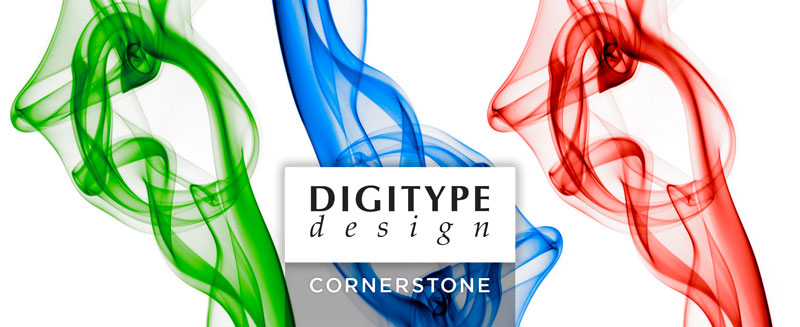Color plays an important role in conveying nonverbal information. It creates moods and can influence our decisions. About 90 percent of snap judgments are impacted by the psychological effects of color. If colors are that important, it makes sense to be clear about how, when, and where to use them in marketing materials.
Consider red. It attracts attention and is associated with strong emotions, such as love, passion, and anger. It’s also the universal color representing strength, power, courage, and danger. Red is vibrant, stimulating, and exciting. It also is a key color in the technical side of large-format digital imaging, shaping file interpretation for optimum output.
RGB stands for “Red Green Blue.” CMYK stands for “Cyan (Blue), Magenta, Yellow, Key (Black).” There’s more of a difference between the two than many realize. The CMYK color model is used for the four-color process where thousands of CMYK overlapping dots blend to create a full-color image. It’s the gold standard design tool for printing on paper, but not so much for imaging on substrates.
RGB colors are additive and created from rays of light. For instance, a computer monitor will combine red and green light rays to make yellow, blue, and green for cyan, then red and blue for magenta. White is a mixture of red, green, and blue. Subtracting all the colors produces black. Monitors, LCD displays, and other digital media all display color in the RGB model.
RGB files are close to twenty-five percent smaller than CMYK profiles. It is a common occurrence that somewhere before Digitype Design receives an imaging design file, they have been converted to CMYK. The transformation is usually tied to thinking larger is better, when the opposite is true for digital imaging.
Imaging equipment is primarily calibrated to RGB. That’s because RGB has a wider color range or gamut than CMYK and ultimately provides a richer image. In fact, a variety of colors can’t be reproduced for imaging using CMYK. By simply saving files in RGB, you’ll take advantage of the expanded range while avoiding color fidelity loss or lackluster images in the end product.
Remember, four-color process printing on paper is different than digital imaging. Each has its place in marketing and branding activities. For your Digitype Design projects, just merely design or build in RGB. That way, our state-of-the-art equipment will fully maximize your creative efforts while minimizing after-the-fact calibrations. Also, you’ll be confident the design on your monitor screen accurately captures the finished product.

